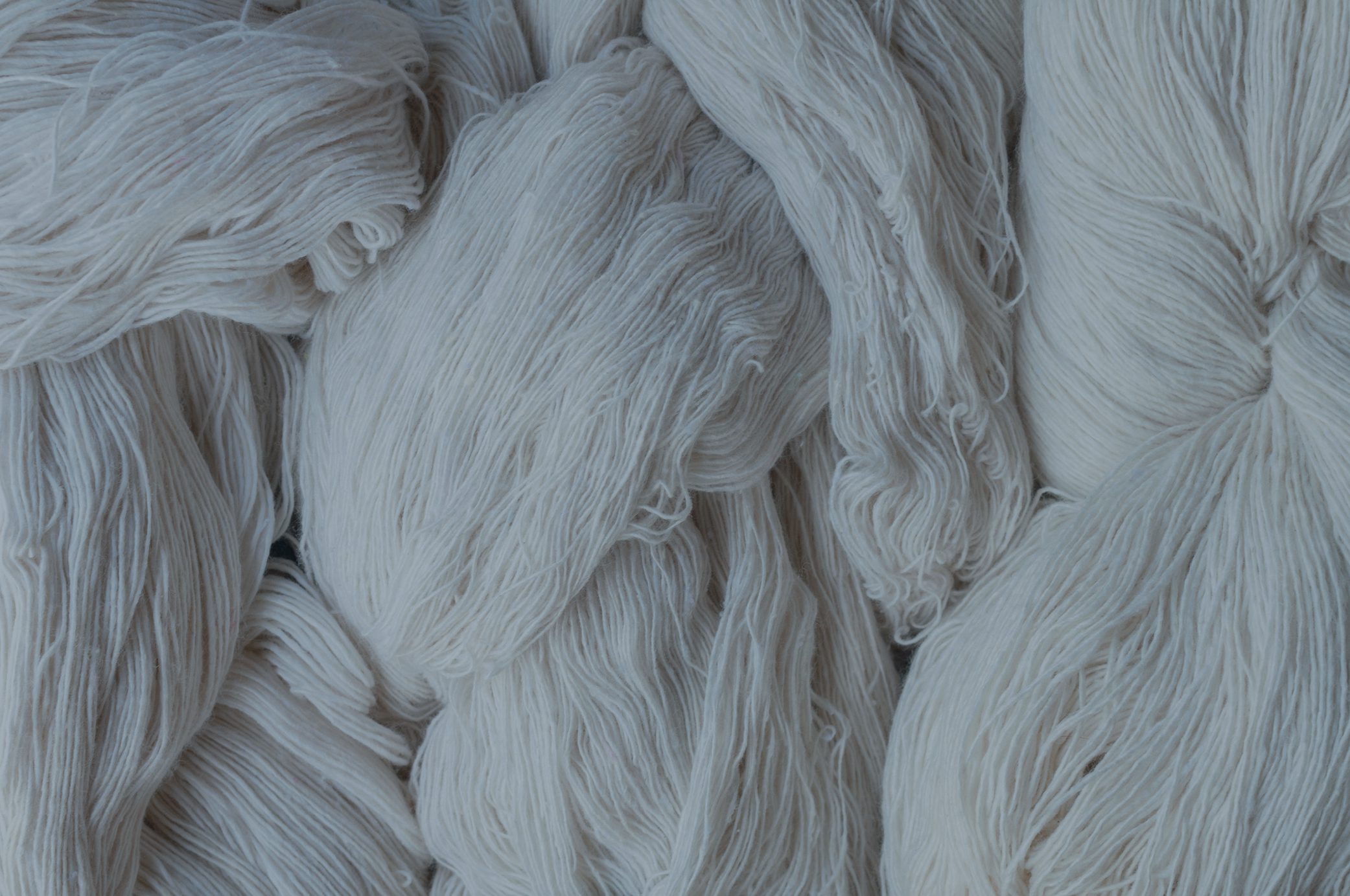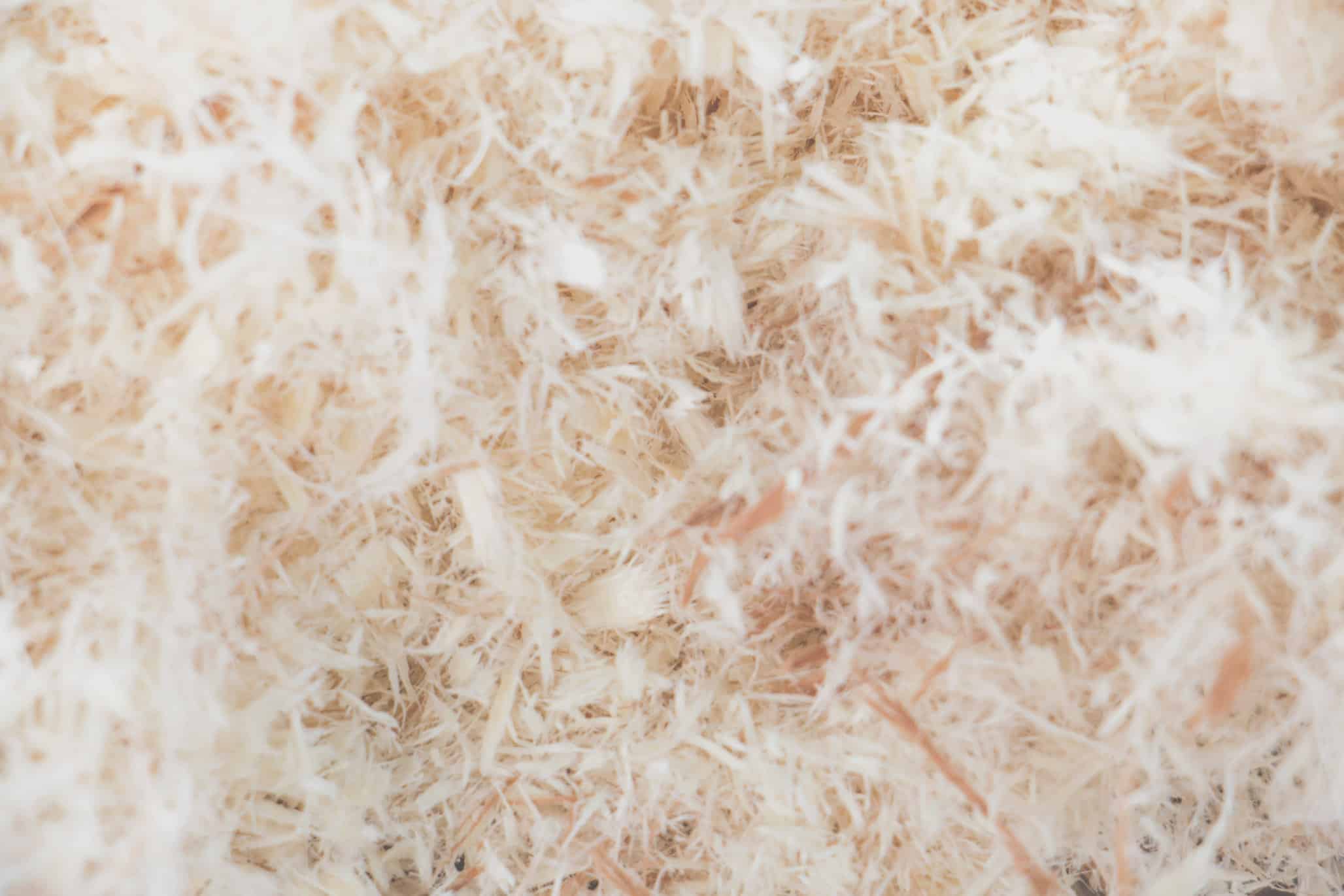Contents

Source: TVF Inc.
Understanding Optical Fibers: The Backbone of Modern Communication
Optical fibers are a fundamental component in the realm of photonics, playing a crucial role in the transmission of light over long distances. These slender, flexible strands of glass or plastic are designed to guide light, making them indispensable in various applications, from telecommunications to medical devices.
Principles of Light Guidance in Optical Fibers
Basic Structure and Materials
Optical fibers are primarily made from fused silica, a type of glass known for its low attenuation and high tensile strength. The structure of an optical fiber includes a core with a higher refractive index than the surrounding cladding, allowing light to be guided through the process of total internal reflection.
Single-mode vs. Multimode Fibers
Optical fibers can be categorized into single-mode and multimode fibers. Single-mode fibers have a small core diameter, typically around 8-10 micrometers, and are used for long-distance communication due to their ability to maintain the integrity of light signals over vast distances. Multimode fibers, with larger core diameters, are suitable for shorter distances and are often used in local area networks (LANs).
Key Properties of Optical Fibers
Refractive Index Profiles
The refractive index profile of an optical fiber can significantly influence its performance. Step-index fibers have a uniform core refractive index, while graded-index fibers gradually change the refractive index from the core to the cladding. This design helps reduce modal dispersion in multimode fibers.
Propagation Losses
Propagation losses in optical fibers can be minimized through the use of high-quality materials and advanced fabrication techniques. The main sources of loss include Rayleigh scattering and absorption by impurities. Silica fibers exhibit minimal losses at wavelengths around 1.5 micrometers, making them ideal for telecommunications.
Polarization and Dispersion
Optical fibers can affect the polarization of light, leading to polarization mode dispersion (PMD). Special fibers, such as polarization-maintaining fibers, are designed to preserve the polarization state of light. Chromatic dispersion, resulting from different wavelengths traveling at varying speeds, can be managed through careful fiber design.
Applications of Optical Fibers
Telecommunications
Optical fibers are the backbone of modern telecommunications, enabling high-speed data transmission over long distances with minimal loss. They are used in undersea cables, connecting continents and facilitating global communication networks.
Medical Devices
In the medical field, optical fibers are used in endoscopes and other imaging devices, allowing for minimally invasive procedures and enhanced diagnostic capabilities.
Industrial and Scientific Applications
Optical fibers are employed in various industrial and scientific applications, including laser delivery systems, sensors, and spectroscopy. Their versatility and reliability make them essential tools in these fields.
Fabrication and Handling of Optical Fibers
Manufacturing Process
The fabrication of optical fibers involves drawing glass from a preform, a process that requires precision to ensure the desired optical properties. The fibers are then coated with a protective layer to enhance their durability.
Splicing and Connectorization
Joining optical fibers requires techniques such as fusion splicing, which provides low-loss connections. Connectors are used to facilitate easy and reliable connections between fiber segments.
Challenges and Safety Considerations
Handling and Installation
Optical fibers require careful handling to avoid damage. Bending fibers too tightly can cause losses or breakage. Installation must be done with precision to maintain performance.
Laser Safety
High-power lasers used in conjunction with optical fibers pose safety risks, requiring appropriate precautions to prevent accidental exposure to harmful radiation.
Conclusion
Optical fibers are a cornerstone of modern technology, enabling the efficient transmission of information across the globe. Their unique properties and versatility make them indispensable in a wide range of applications, from telecommunications to scientific research. As technology continues to advance, the role of optical fibers is set to expand even further, driving innovation and connectivity in the digital age.

Source: Textile Exchange
Feel free to comment your thoughts.



